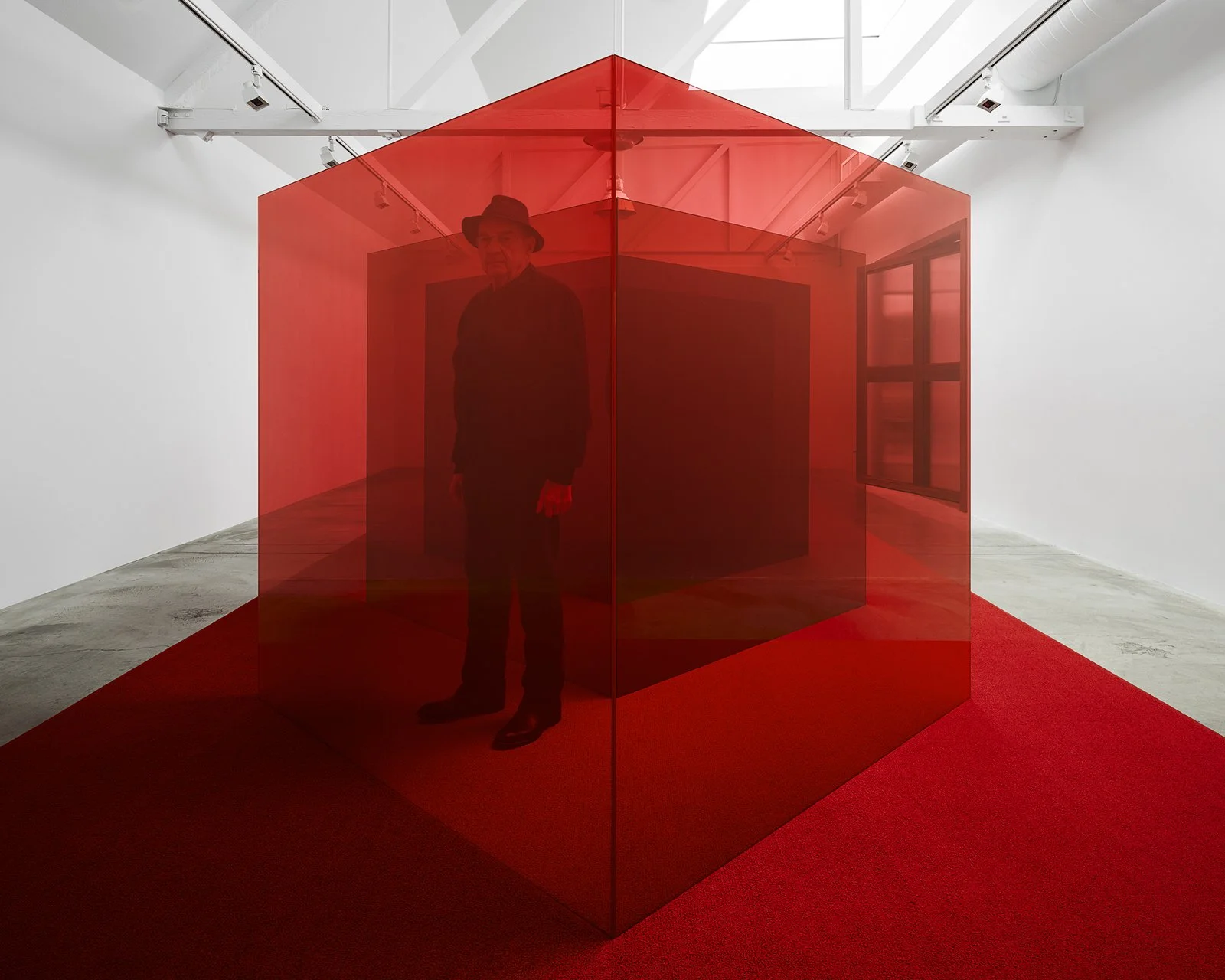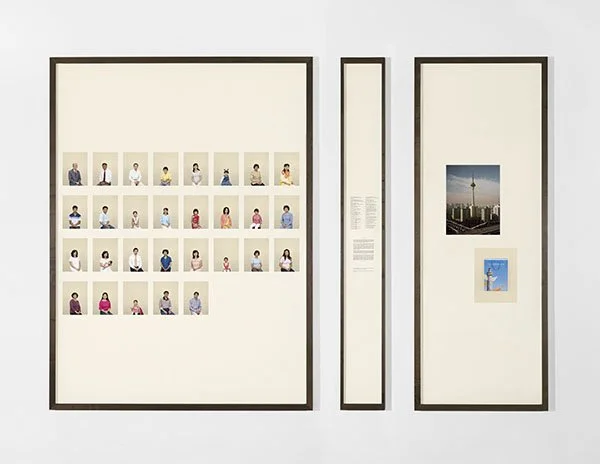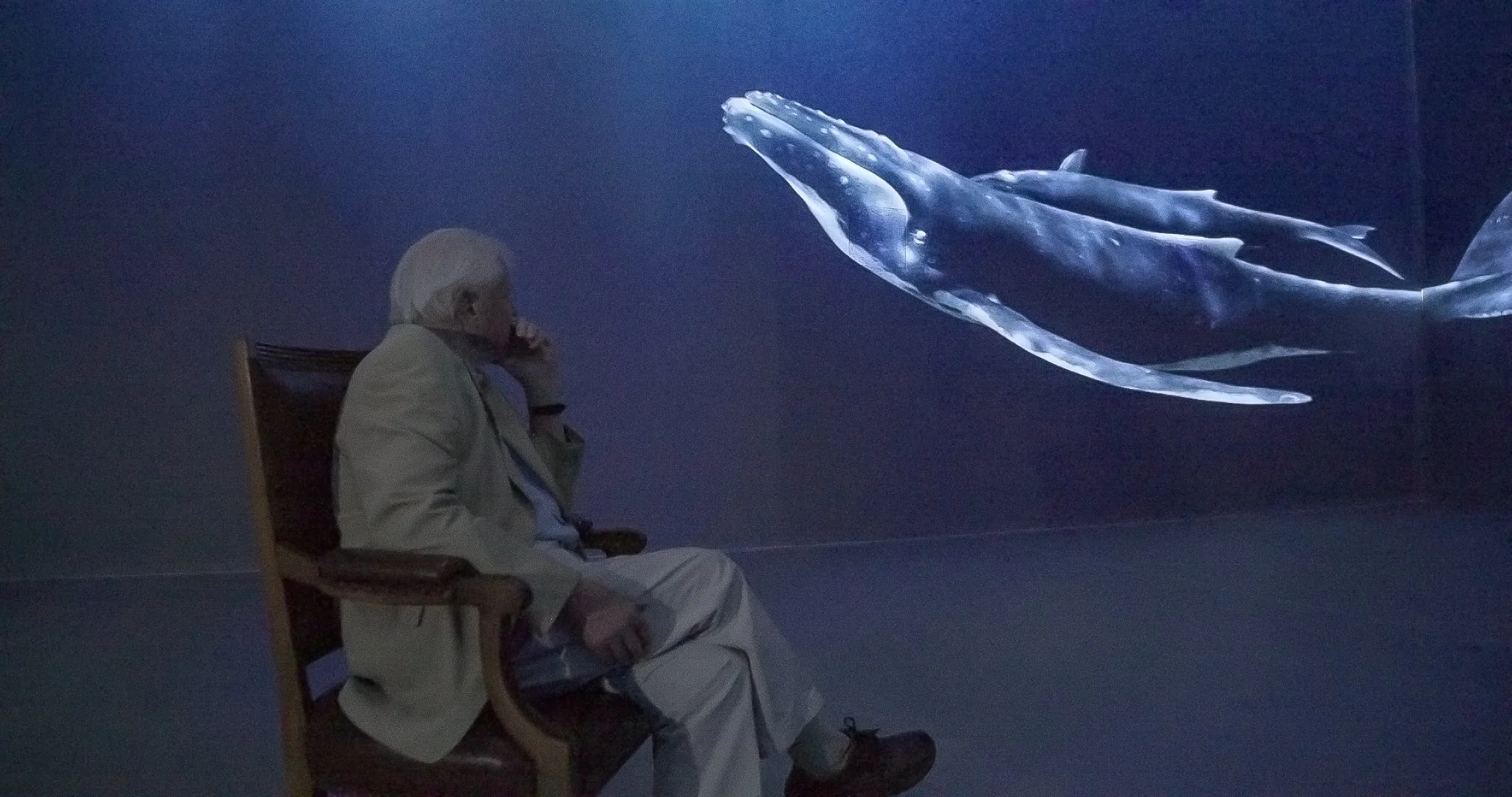Cattelan’s motto, “I am not really an artist,” playfully inverts Beuys’ famous declaration that “every man is an artist.” The statement encapsulates the tongue-in-cheek sentiment of this sculpture: at once a parody of Cattelan’s own role as creator and a reflection on the place of the artist in society.
Each resin sculpture is handcrafted, and meticulously hand-painted by a team of specialized artisans. Limited to 1,000 editions and priced at €1,500 each, We Are The Revolution (2025) is set to be released via a randomized draw. Entries for the draw are now open exclusively on Avant Arte’s website and will close on October 24. Successful entrants will be notified within 24 hours of the draw’s closing.
In anticipation of its launch, Avant Arte is introducing a global scavenger hunt, Where’s Maurizio?, giving collectors the chance to acquire an edition ahead of the official release.
Inspired by Cattelan’s enduring interest in value, context, and power structures—most famously highlighted by Comedian (2019), when the artist’s duct-taped banana fetched $6.2 million at auction last year, sparking global media interest and public fascination about its cost and origins—this treasure hunt will place his sculptures in unexpected, everyday locations, from market stalls to bodegas, across major global cities spanning New York, Amsterdam and London.
From September 30 to October 7, Avant Arte will release two clues per location on their dedicated microsite for the scavenger hunt, inviting the public to join the search and track down the hidden sculptures across the three cities. New York will host a physical scavenger hunt, while London and Amsterdam will offer digital-only hunts, with participants submitting their answers via the microsite.
Cattelan’s sculpture edition will be playfully priced according to its location—ranging from $0.99 at a bodega to €9,999 at an antiques dealership—exploring how context shapes value while offering a whimsical twist on the conventions of the art world. Each location becomes both stage and gallery, bringing Cattelan’s humor directly into the public space.














































































